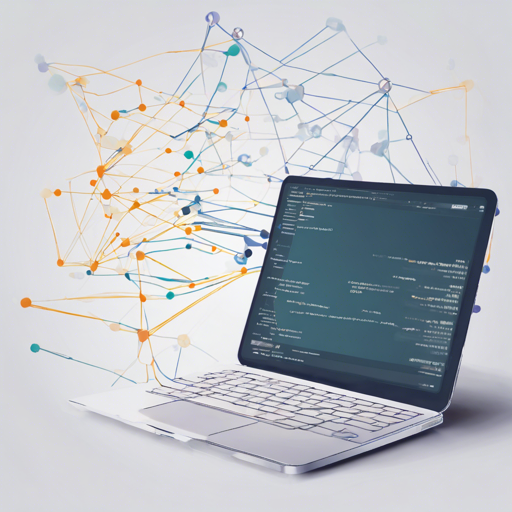In today’s world of application development, databases are the backbone that holds everything together. OHMySQL offers a simple yet powerful way to connect to local or remote MySQL databases and perform necessary operations using Swift or Objective-C. Let’s dive into how to utilize this framework to streamline your database interactions.
Features of OHMySQL
- Supports Swift and Objective-C
- Minimal SQL knowledge required
- Easy integration and usage
- Comprehensive functionality features
- Up-to-date MySQL library
- Documentation & support available
Supported Platforms
OHMySQL works seamlessly across various Apple platforms:
| Platform | Supported Version |
|---|---|
| iOS | 14.0+ |
| macOS | 11.0+ |
| Mac Catalyst | 14.0+ |
| watchOS | 8.0+ |
| tvOS | 15.0+ |
Installation
To install the OHMySQL library, follow the detailed instructions available in the installation guide. This will help you set it up as a dependency in your project without any hassle.
Using OHMySQL: A Sweet Analogy
Imagine you own a magic library, where all the books (data) are neatly organized on shelves (the database). Every time you want to read, add, remove, or update a book, you need a librarian (OHMySQL) to assist you. The librarian does the heavy lifting, allowing you to ask for changes using simple requests, instead of needing to understand how the books are arranged or moved:
- The librarian knows how to retrieve books from the shelves—and even how to find them quickly (SELECT).
- If you want to add a new book, just tell the librarian, and they will place it on the right shelf (INSERT).
- If a book needs editing, you don’t have to leave your seat at the reading table; the librarian handles it with ease (UPDATE).
- For books that are no longer needed, just ask the librarian to remove them (DELETE).
- Sometimes, you might want to combine information from two different books. The librarian can do that too, using specialized techniques (JOINs).
Sample Code to Connect to a MySQL Database
Now that we’ve established the analogy, let’s see how you can implement this in code:
let user = MySQLConfiguration(userName: "root",
password: "root",
serverName: "localhost",
dbName: "dbname",
port: 3306,
socket: "mysql/mysql.sock")
let coordinator = MySQLStoreCoordinator(user: user!)
coordinator.encoding = .UTF8MB4
coordinator.connect()
This snippet shows how to set up a connection to your MySQL database. Make sure to replace the parameters with your actual database credentials.
Executing Queries
To execute queries, you’ll first need to create a context:
let context = MySQLQueryContext()
context.storeCoordinator = coordinator
Drop a Table
let dropQueryString = "DROP TABLE MyTable"
let dropQueryRequest = MySQLQueryRequest(queryString: dropQueryString)
try? context.execute(dropQueryRequest)
Troubleshooting
Even the best tools can run into issues, so here are some troubleshooting tips:
- Ensure your MySQL server is running and accessible.
- Double-check your database credentials.
- Make sure you have the correct permissions set on the database.
- If you receive syntax errors, revisit your SQL statements for typos.
- Look into the logs to provide clues on what might have gone wrong.
For more insights, updates, or to collaborate on AI development projects, stay connected with fxis.ai.
Final Thoughts
At fxis.ai, we believe that such advancements are crucial for the future of AI, as they enable more comprehensive and effective solutions. Our team is continually exploring new methodologies to push the envelope in artificial intelligence, ensuring that our clients benefit from the latest technological innovations.

